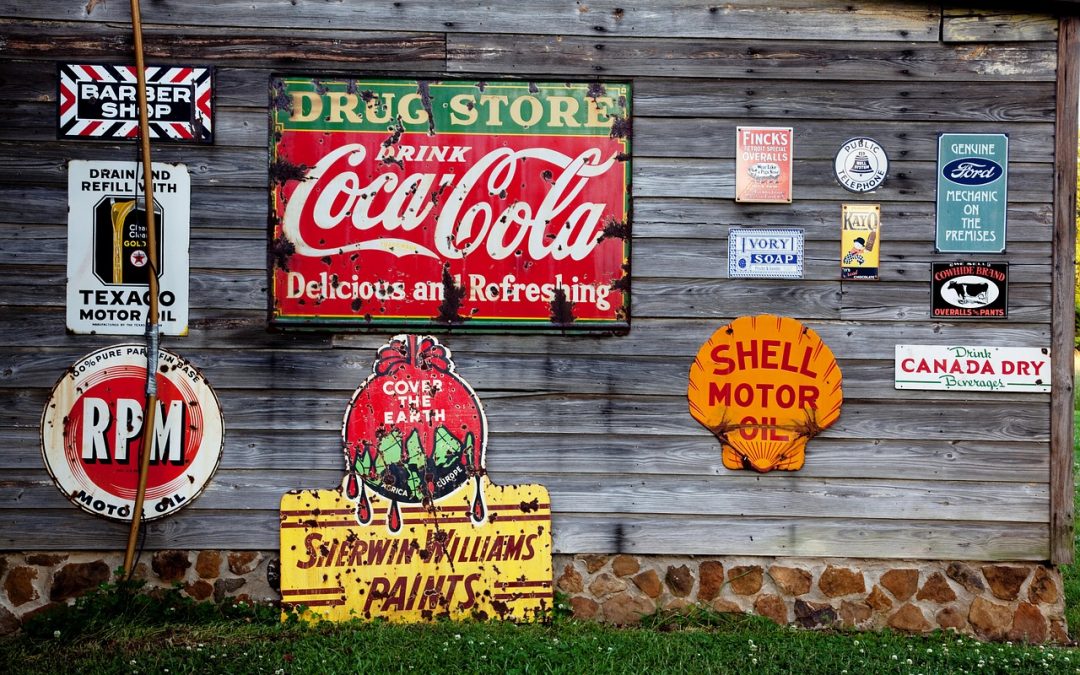
High Stakes Marketing
High-Stakes Marketing
The most high-stakes marketing game in the world is the race for President of the United States. Some estimates say candidates will spend nearly 2.7 billion dollars in the 2020 election to capture a salary of $400,000! Now that’s high-stakes marketing.
I’ve got a list of 14 Presidential Marketing Tactics, this list outlines proven tactics you can utilize to become the “President” of your category, causing customers to vote for you with their cash and credit cards. Also, the residual effect can last more than 4 short years.
Presidential Marketing Tactic Number Five is, “Be part of your target community.” Learn to live and breathe the same experiences as your customers.
Willie Davidson says Harley Davidson’s “market research” consists of jumping on a Harley and riding with the boys for the weekend. Living in an isolated ivory tower can make it difficult for you to relate to real customers’ needs, wants, and concerns in your advertising and in your sales approach.
There is, however, one tactic your advertising needs to adhere to that most political campaigns do not….tell the truth!
Don’t make promises you can’t keep if you want to be in business for more than one term.





